
A blog focusing on 1/64 diecast from such popular brands as Hot Wheels, Matchbox, Johnny Lightning, M2 Machines, GreenLight, Tomica, Yat Ming, Majorette, MotorMax, Siku, Corgi, Guisval, Playart, Ertl, Zylmex, Racing Champions, & many more. Swifty's Garage features a daily Car Of The Day and news updates from your favorite brands!
Monday, November 29, 2010
Car Of The Day: November 29, 2010
Today's car of the day is Road Champs' 1986 Mercedes-Benz 500SEC.
The Mercedes-Benz W126 is a series of flagship vehicles manufactured by German automotive marque Mercedes-Benz. Premiering in September 1979 as the successor to the earlier W116 line, the W126 was the second generation of the Mercedes-Benz flagship to officially bear the S-Class name referring to Sonderklasse or "special class." The W126 was initially offered in straight-6, V8, and turbo diesel sedan models. In September 1981, 2-door coupé versions of the W126 were introduced. Compared to its predecessor, the W126 was more aerodynamic, fuel efficient, capacious, and powerfully engined. The W126 S-Class debuted a new Mercedes-Benz design style which was subsequently used on other vehicles in the company's lineup. The W126 line also introduced many Mercedes-Benz safety innovations, including the first airbag supplemental restraint systems, seatbelt pretensioners, and traction control.
The W126 had a twelve-year production run between 1979 and 1991, the longest of any S-Class generation since the flagship models were first built in the mid-1950s.
For more information and pictures of the real car please visit: Mercedes-Benz 500SEC
I love this casting- Road Champs of the '80s can be hit and miss in regards to casting accuracy- earlier ones tend to be better than later ones. This is one of the good ones, even if the paint scheme is less than tactful. That said, this one gets an irony bonus for featuring sponsorship from both Exxon and Texaco.
Following the debut of the 1970s generation W116 (which also included the flagship Mercedes-Benz 450SEL 6.9), Mercedes-Benz began plans for the next-generation S-Class model in October 1973. Codenamed "project W126," the project had specific goals: an improved ride, better handling, and improved fuel efficiency. These improvements were aimed at helping retain the S-Class' market leadership as the world's best-selling prestige luxury sedan. Following the 1970s oil crisis, Mercedes-Benz had made fuel efficiency an especially pertinent goal (named "Energy Program"), even in the large V8 engined versions of the S-Class.
In terms of the body design, the objective of the W126 design team, led by Mercedes-Benz's Bruno Sacco, was to produce a car that was sleeker and more aerodynamic than the previous model. The application of lighter materials and alloys combined with thorough wind tunnel testing to reduce overall drag meant the car consumed about 10% less fuel than its predecessor. The maximum speed was also increased (250 km/h in the most powerful model).
After six years of development, the W126 was formally introduced at the Internationale Automobil-Ausstellung (International Motor Show, or IAA) in Frankfurt on September 1979. The initial lineup featured seven models in standard (SE, SD) and long (SEL, SDL) wheelbase sedan body styles: the 280 SE/SEL, 380 SE/SEL, 500 SE/SEL and 300 SD. Technically, the long wheelbase (SEL) variants were codenamed V126, but this was not popularly known. In 1981, the coupé version (SEC) of the W126 S-Class premiered at the IAA with the 500 SEC model. In 1981, Wheels Magazine selected the W126 model 380 SE as its Car of the Year.
Four years after the introduction of the fuel-efficiency "Energy Program," the model range had been reworked completely. In September 1985, again at the IAA in Frankfurt, the reworked model range was reintroduced. Apart from visual changes to the bumpers, side covers and alloys, the changes made to the available collection of engine variants was most visible. Two newly-constructed 6 cylinder engines and new 4.2 and 5.6 litre V8's were added, and other engines were further upgraded.
The W126 generation was replaced by the W140 in 1992, although a satellite factory in South Africa is known to have continued production until 1994. The different body styles of the W126 S-Class achieved a combined sales total of 892,123 units (818,063 sedans and 74,060 coupés), making the W126 the most popular S-Class ever produced.
Two AMG-modified 500SEC were raced at the 1989 24 Hours of Spa. Both cars failed to finish, with one suffering gearbox issues, while others had issues with the rear axle.
Subscribe to:
Post Comments (Atom)
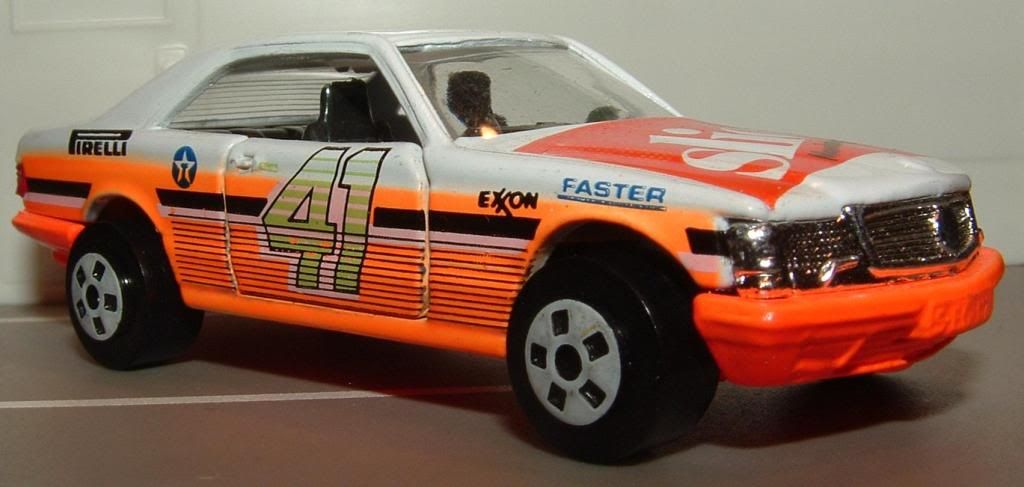
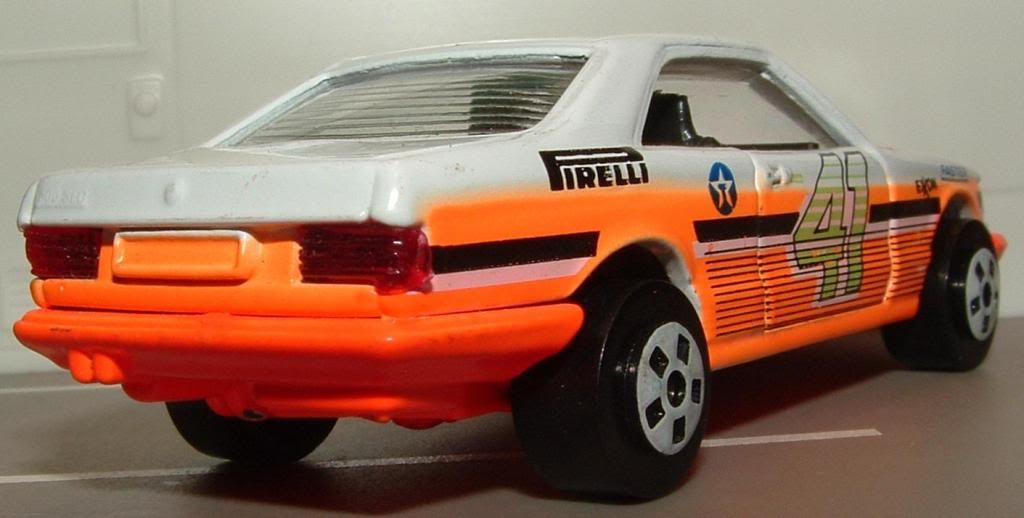
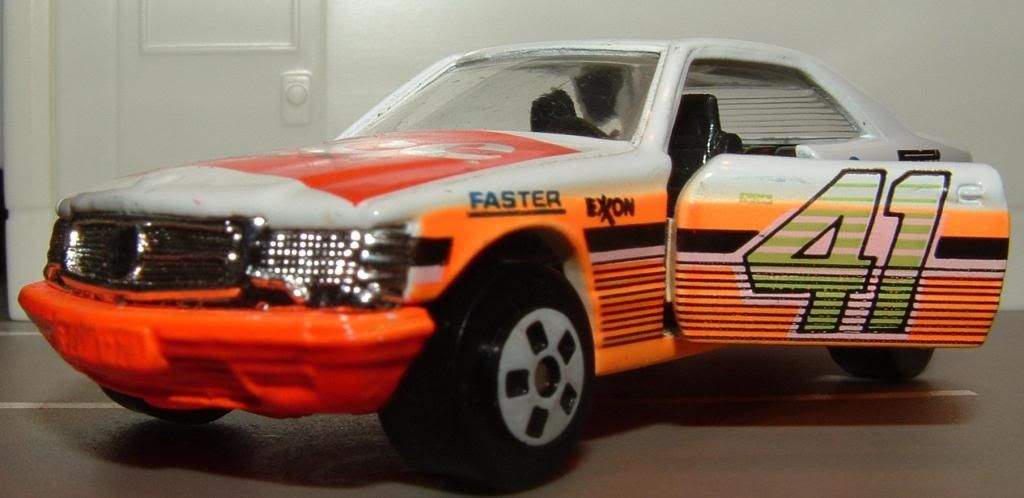
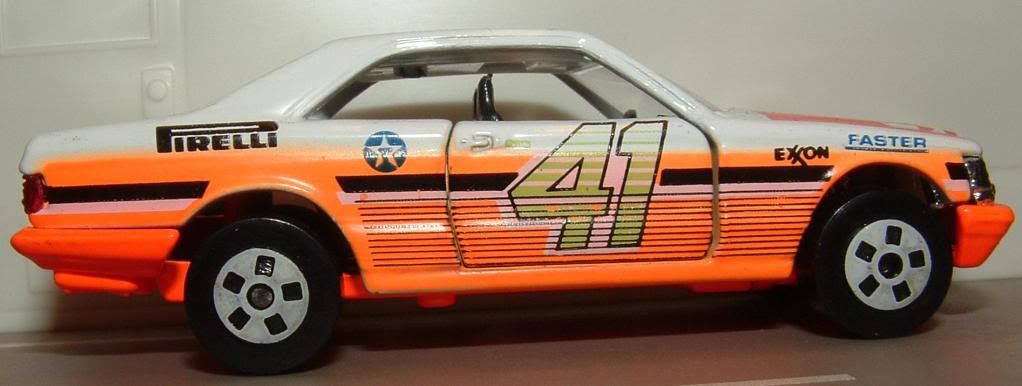
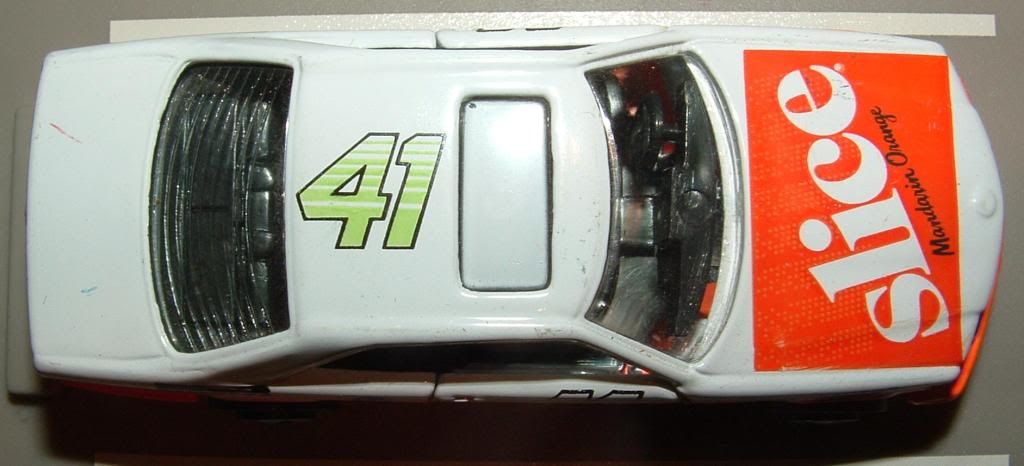
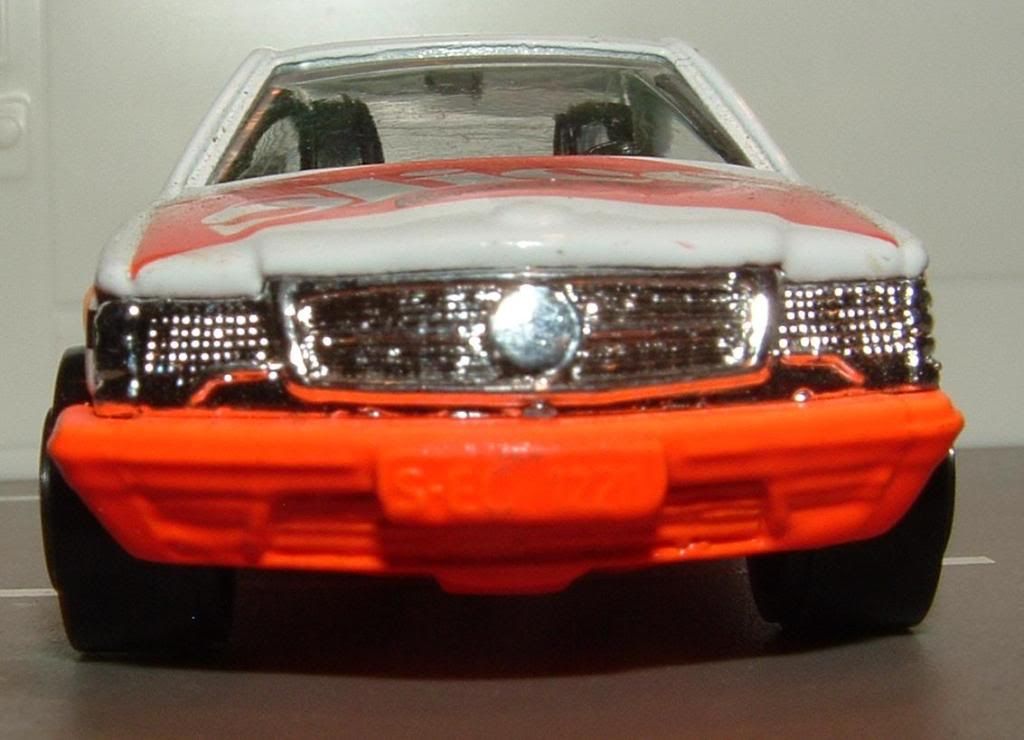
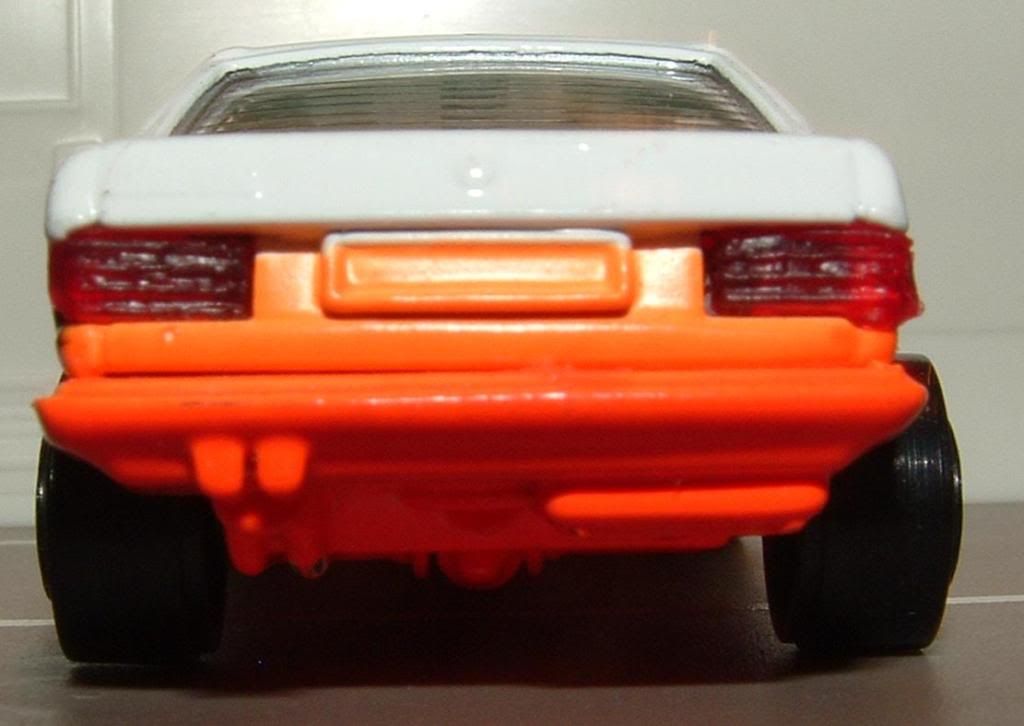
No comments:
Post a Comment